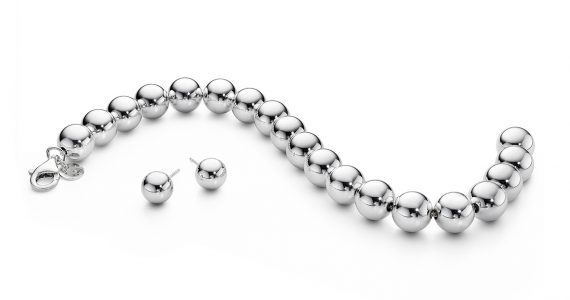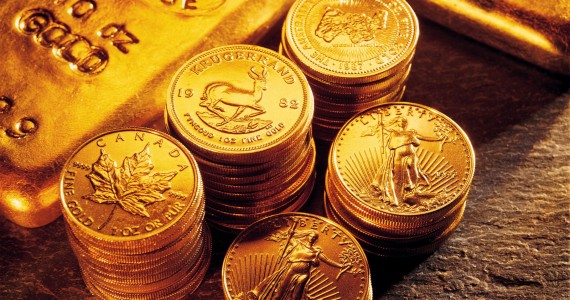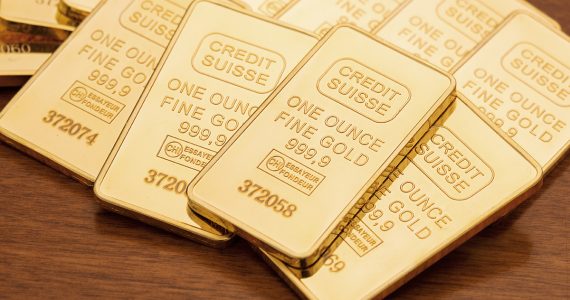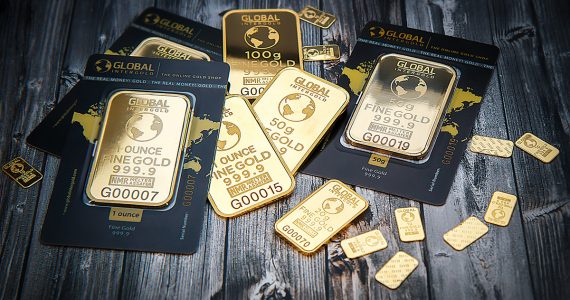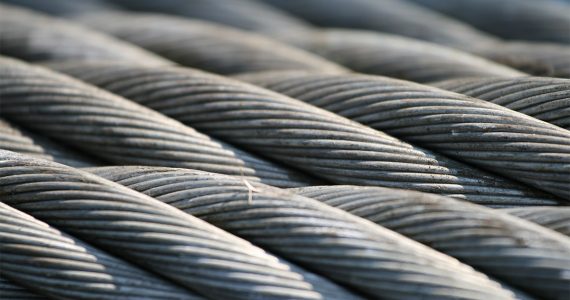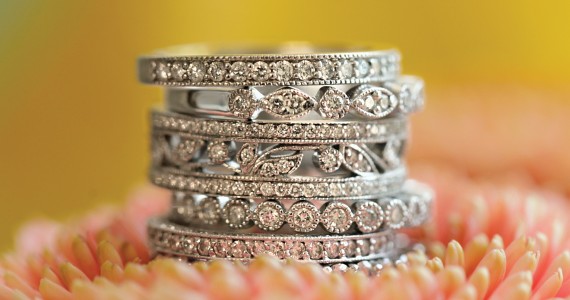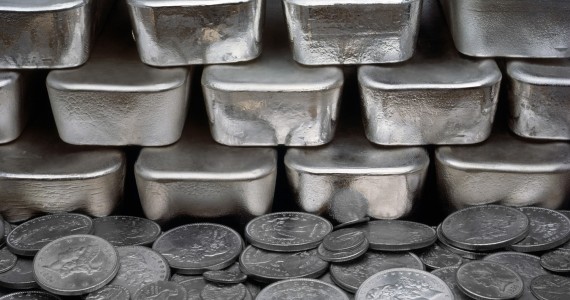Mercury has a striking appearance especially since it is in a liquid state. But don’t let that fool you as mercury is toxic and can kill. Assigned the symbol Hg, that symbol is derived from the Greek word hydrargyrum, which means liquid silver.
Facts
The words liquid silver are certainly appropriate given its shiny appearance. Another common name for the metal is quicksilver owing to its rapid movement. The metal is also named after the planet which is also the fastest moving in the Solar System.
Mercury weighs 13.6 times as water. It makes up 0.5 ppm of the planet Earth’s crust, so it is rarer than uranium. It is however, more common than silver or gold.
Researchers have determined that ancient civilizations knew about mercury. The archaeological evidence shows that mercury was used in 3500 year old tombs in ancient Egypt as well as India and China.
There is also evidence that vermillion and cinnabar was utilized as back as 30,000 years ago by Paleolithic painters in France and Spain. During the medieval age, mercury became important for the alchemists who considered it one of the major ingredients for turning base metal into gold.
During the early years of the 20th century, mercury was also used to treat syphilis. A study conducted by Harvard University shows that the use of mercury as treatment during those times led to death, neurological damage, ulcerations and tooth loss.
Toxicity
Mercury is one of the most toxic elements known to man. It goes through the body by way of ingestion, inhalation or an open wound. Various symptoms will show up and could damage the kidneys, liver and the nervous system.
Uses and Applications
While mercury is toxic, this metal element still has some uses. It is for instance, very effective in conducting electricity so it’s frequently used on thermostat electric switches and many types of alarm clocks and systems.
Studies conducted at the College of Natural Resources at the University of California, Berkeley (CNR) and Drexel University shows that most people encounter mercury when purchasing light bulbs. Most fluorescent light bulbs contain some elements of mercury.
Mercury is also used to make thermometers, barometers and other measuring instruments because of its compactness and density. While reliable, the use of mercury laden thermometers has dwindled the past several years for safety years. The advent of digital thermometers led many states to limit the production, manufacture and sale of mercury thermometers.
The Properties of Mercury
Mercury has an atomic number of 80 and uses Hg as its symbol. Its most common isotope is 202 Hg with a 29.9% natural abundance. Its isotopes number 34 and the stable ones number 7 Extensive examinations show that it has an atomic weight of 200.59 and a density of 13.5336 g per cu cm.
Repeated tests of mercury show that its boiling point is 674.11 F (356.73 C) and the melting point is negative 37.8 degrees Fahrenheit or – 38.3 C. Its phase in room temperature is liquid.
Extraction
Mercury is rarely obtained on its own. More frequently it is located in ore cinnabar mercury sulfite. To conduct the extraction of pure mercury, the ore needs to be heated to around 580 degrees C or 1076 F. Oxygen is included in the process.
Vapor from mercury goes out of the ores and sulfur dioxide is taken out. Mercury is then washed and condensed using nitric acid. The nitric acid is used for purification purposes, followed by distillation.
Mercury can be used to form alloys with cadmium, zinc, silver or gold. These alloys are known as amalgams, and this makes it possible to extract gold from mercury. When gold and mercury make contact, gold dissolves in mercury. By distilling mercury it becomes one can obtain the gold.
Mercury can also be used to create compounds with other elements. Mercury nitrate is an example. Back in the 18th century mercury was utilized for manufacturing hats. Hats were made off animal pelts and mercury nitrate was used for cleaning the pelts prior to turning them into hats.
However people soon realized that people who wore the hats became vulnerable to brain damage. They were not sure what was causing brain damage – it was the mercury – but they knew it had something to do with the hat, hence the term mad hatter came into being.
Mercury compounds also include mercurous chloride (Hg2Cl2) or calomel, an antiseptic utilized for killing bacteria. mercuric chloride (HgCl2) is another example which is toxic. Mercuric sulfide (HgS) is utilized for making the pigment vermilion, a red paint pigment. Mercuric oxide (HgO) is utilized to manufacture batteries.
Conclusion
As most of you already know, mercury is poisonous and one needs to exercise caution. But it is also useful for various applications. Handled properly this is a metal that can be used to served various meaningful objectives.


